A master of the surreal.
Erwin Blumenfeld (1897-1969) had two strikes against him when he was born and both nearly killed him. First, he was born at the turn of a tumultuous century which qualified him for service in not one but two world wars. Second, he was born a German Jew.
That he survived and went on to become maybe the most original fashion photographer of the 1950s is a miracle best understood by reading his autobiography Eye to I, which is not so much about photography as it is about survival. The most arresting fact in his memoir is that not for one moment is there a scintilla of self-pity in a life whose privations exceed anything anyone reading this could possibly imagine or experience.
That Blumenfeld survived his Prussian upbringing, under a mother who would rather see him die in the five year long massacre known as World War I than desert to Holland, is amazing enough. Quite why his mother felt this way in a nation of rabid anti-Semites is hard to understand, yet that was her reaction when the young Erwin declared he was going to get the hell out of hell. In the event he failed, barely surviving execution only to see the armistice declared soon after. As he relates it, despite seeing the worst possible service as an ambulance driver, he fired his revolver but once, killing a Saint Bernard dog carrying a boot in its mouth. The owner’s leg was still inside ….
The next 15 years were spent aimlessly in a Bohemian existence in Holland with his wife where the only thing of note that happened is that his handbag store went broke and he discovered that it used to be a photographer’s studio. The nascent photographic soul was ignited. That’s so typical of much of his life where little was planned and much happened. Shortly after he decides the foul climate and unstimulating cultural atmosphere of this nation of burghers was too much and decamps to Paris, where he starts to make headway as a portait photographer. So he comes to photography more than half way through his life!
Miraculously, Cecil Beaton sees one of his society portraits and next thing Blumenfeld knows Beaton has opened the door to Vogue Paris for him. Thence he segues to Harpers’ Bazaar in New York where his work is instantly recognized for its originality and vision, but he returns to Paris tragically just in time to see World War II break out. Timing was not his strong point. Before he knows it he’s in a concentration camp for German nationals run by the French who are about to be overrun, which would have meant certain death for the photographer. He somehow makes his way to Marseilles and after a journey from hell ends up again in New York City. His picture of a murderous Hitler is subsequently dropped by the USAF on Germany by the bushel in the mistaken belief that decent people would revolt at what their government was doing. Quixotic in the extreme when you realize it was that same citizenry who let their government come to power, watching with approval as Europe was overrun. The rest is history as he goes on to fame and fortune as one of the most renowned photographers at Harpers and Vogue the world has seen. Not surprisingly, he shared his New York studio with fellow refugee Martin Munkácsi. Can there ever have been so much talent in so small a space?
Here, then, are some examples of Blumenfeld’s work to savor. There are few books about his work, one of the best being the one I reviewed here.
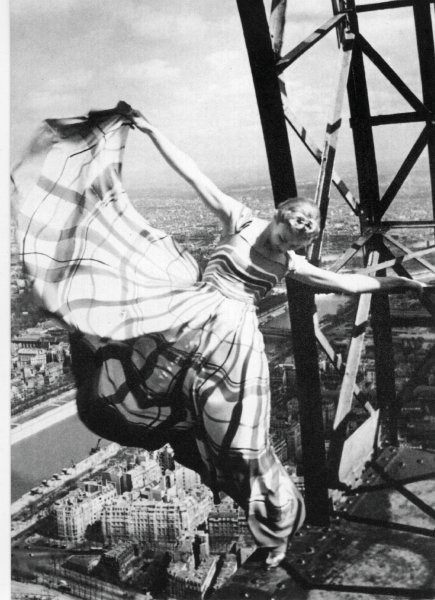
A lyrical image from 1938.
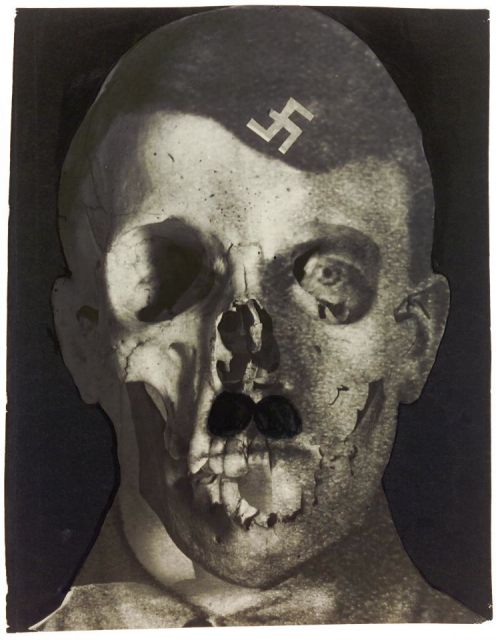
Political propaganda picture used by the US
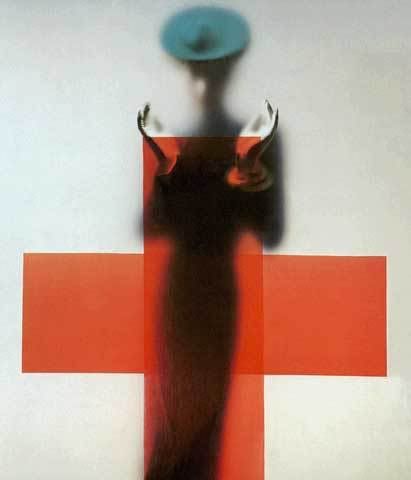
Red cross
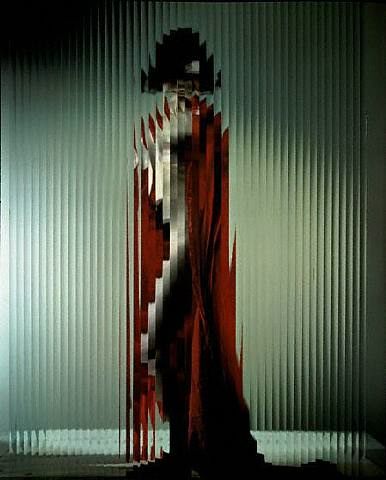
Typical Blumenfeld vision.
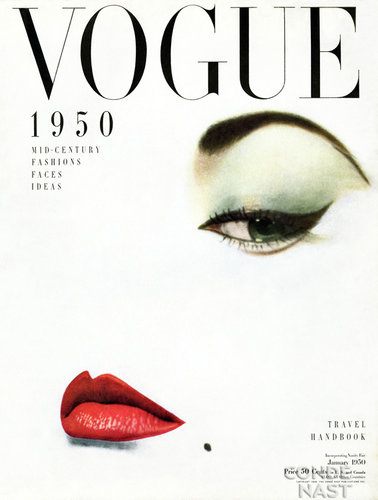
Maybe Blumenfeld’s most famous cover picture. Simplicity defined.
Erwin Blumenfeld is this photographer’s Photographer of the Year.